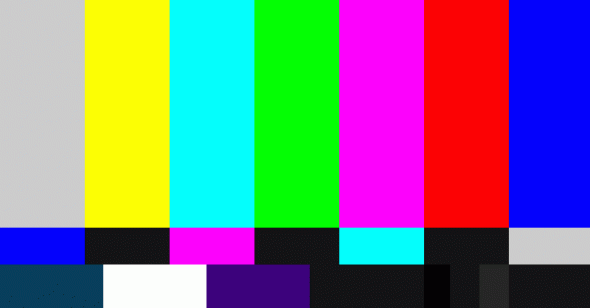For our thirty-second Reverse Shot symposium, we return to our ongoing project of looking deeper into cinema by boiling it down to its constituent parts. In 2006’s Take One symposium, we asked our writers to isolate a single shot and muse on what that image said about the film or filmmaker from which it came. The results—which ranged from a haunting cutaway in Winkie’s Diner to one of Béla Tarr’s amazing single takes to the best slow-fade in any romantic comedy, ever—convinced us this was an idea worth turning into a series. When it came time for Take Two in 2007, we gave our contributors the challenge of selecting a single cut—edits between spaces or scenes that spoke volumes, such as one of Hitchcock’s “invisible cuts” in Rope; Spike Lee’s elegant, instantaneous transition from digital back to film in Bamboozled; and a telling, uncharacteristic shot-reverse shot from Michael Haneke. For 2010’s aurally fixated Take Three, a single sound from a given film served as a launching pad to discuss the entire work. These pieces—which listened for meaning in the whoosh of a light saber, a donkey bray, and the tone of Jack Lemmon’s voice—were accompanied by experiments in podcasts.
Now comes the long-in-gestation Take Four, in which we asked our loyal men and women to spotlight one specific use of color from a film of their choosing. We didn’t mean a director’s use of color through an entire film (such as the much discussed first stabs at the form by Antonioni with Red Desert or Bresson with Une femme douce) or, say, the overall beauty of The Red Shoes’ Technicolor palette. As in our earlier symposiums, we wanted to focus on one particular instance as a way of talking about the whole.
Yellow wallpaper? Red hair? Green nail polish? Inky black feral dogs? We are affected by a director or cinematographer’s choice to place a particular color in a particular part of the frame, or on a character, even if we may not immediately realize it. And the ways in which filmmakers influence audiences with subtle manipulations of tone and shade is something that’s perhaps not discussed as much as it should be. We hope that within these specific choices lies the possibility for formal inquiries as expansive as any we’ve done to date. The results are indeed colorful.
